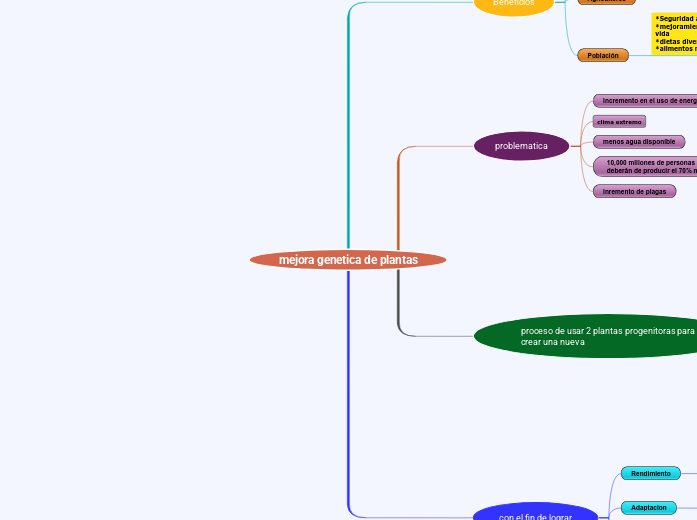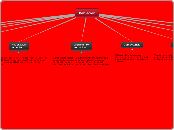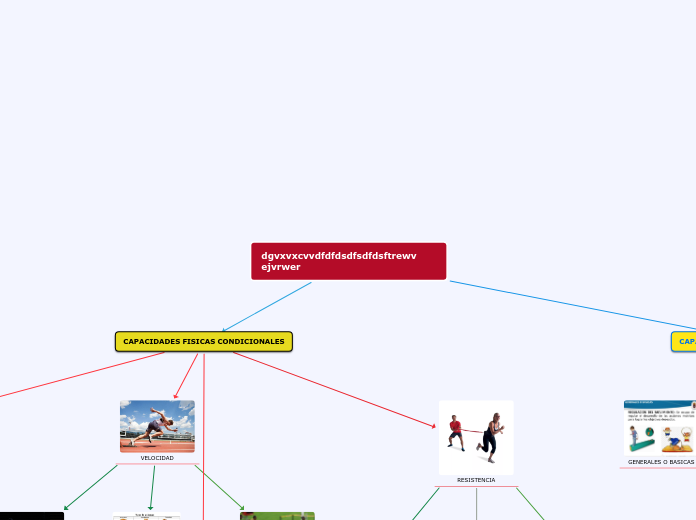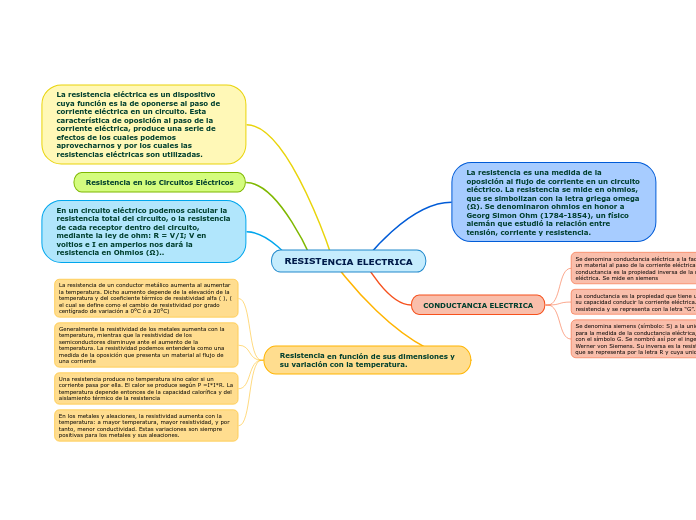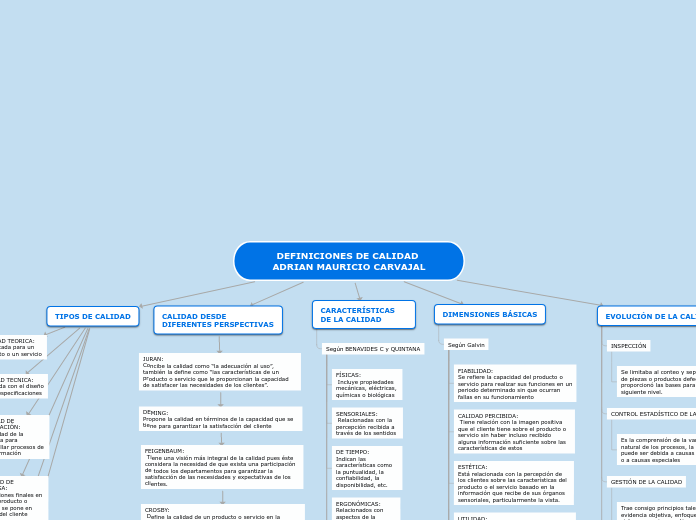mejora genetica de plantas
The Solar System is the gravitationally bound system of the Sun and the objects that orbit it, either directly or indirectly. Of the objects that orbit the Sun directly, the largest are the eight planets, with the remainder being smaller objects, the dwarf planets, and small Solar System bodies.
con el fin de lograr
Neptune is about the size of Uranus and is known for supersonic strong winds.
Neptune is far out and cold.
The planet is more than 30 times as far from the sun as Earth.
Neptune was the first planet predicted to exist by using math, before it was visually detected. Neptune is about 17 times as massive as Earth and has a rocky core.
Resistencia
Neptune has thirteen moons that we know of and one more waiting for confirmation.
The largest moon is slightly smaller than Earth's Moon and has active volcanoes which erupt like geysers and eject nitrogen frost over the surface.
Name this moon and at least 4 others.
enfermedades e insectos
Tolerancia
How long does it take for Neptune to go around the sun?
sequia, frio, salinidad, deficiencia de nitrogeno
Adaptacion
A planet's day is the time it takes the planet to rotate or spin once on its axis.
Write down Neptune's day measured in Earth days.
condiciones del medio, cultivos precoces, cultivares insensibles al fotoperiodo.
Rendimiento
grano, fruto, aceite, fibras
proceso de usar 2 plantas progenitoras para crear una nueva
Mercury is the smallest, only a little bit larger than Earth's moon. Mercury has no moon.
It experiences dramatic changes in its day and night temperatures: Day temperatures can reach a scorching 840 F (450 C), which is hot enough to melt lead. Meanwhile, on the night side, temperatures drop to minus 290 F (minus 180 C).
It also has a very thin atmosphere of oxygen, sodium, hydrogen, helium, and potassium and can't break-up incoming meteors, so its surface is pockmarked with craters, just like the moon.
poliploidida incluida
How long does it take for Mercury to go around the sun?
multiplicación de humero de cromosomas para impactar su fertilidad
transgénesis
adicion de genes de cualquier especie para crear una variedad con rasgos deseados.
mutagenesis
A planet's day is the time it takes the planet to rotate or spin once on its axis.
Write down Mercury's day measured in Earth days.
uso de mutágenos como radioactividad para inducir mutaciones aleatorias
fision de protoplastos
fusion de celulas para transformar rasgos entre especies
edicion genica
uso de un sistema enzimático para modificar ADN dentro de la celula, actualmente la mas usada, por que se obtienen los mismos resultados que en el metodo tradicional pero + rapido, + preciso y - costoso
cruce
combinación de 2 especies compatibles sexualmente para crear una variedad
problematica
Jupiter is a giant gas world that is the most massive planet in our solar system.
Its swirling clouds are colorful due to different types of trace gases.
And a major feature in its swirling clouds is the Great Red Spot, a giant storm more than 10,000 miles wide. It has raged at more than 400 mph for the last 150 years, at least.
Jupiter has a strong magnetic field, and with 75 moons, it looks a bit like a miniature solar system.
inremento de plagas
Jupiter has a strong magnetic field, and with 75 moons, it looks a bit like a miniature solar system.
Name the 4 most known moons.
10,000 millones de personas en 2050, los agricultores deberán de producir el 70% mas de alimento
menos agua disponible
How long does it take for Jupiter to go around the sun?
clima extremo
incremento en el uso de energia
A planet's day is the time it takes the planet to rotate or spin once on its axis.
Write down Jupiter's day measured in Earth days.
Beneficios
Uranus is an oddball. It has clouds made of hydrogen sulfide, the same chemical that makes rotten eggs smell so foul.
It rotates from east to west like Venus. Its tilt causes extreme seasons that last 20-plus years, and the sun beats down on one pole or the other for 84 Earth-years at a time.
Methane in the atmosphere gives Uranus its blue-green tint. It also has 13 sets of faint rings.
Población
How long does it take for Uranus to go around the sun?
*Seguridad alimentaria
*mejoramiento de la salud, el vienes y calidad de vida
*dietas diversificadas y balanceadas
*alimentos mas nutritivos
Agricultores
A planet's day is the time it takes the planet to rotate or spin once on its axis.
Write down Uranus's day measured in Earth days.
*cosechas abundantes y confiables
*rentabilidad e ingresos estables
*mayor diversidad de semillas adaptadas a las condiciones locales para su crecimiento
Medio Ambiente
Our Solar System has eight “official” planets which orbit the Sun.
Each planet is at a different distance from the sun. Name its position.
*mas alimento usando las mismas hectáreas
*disminución de gases efecto invernader
*preservación de hábitats naturales
*uso eficiente de agua
*reducción de erosión del suelo
*uso optimizado de productos para proteccion de cultivos
